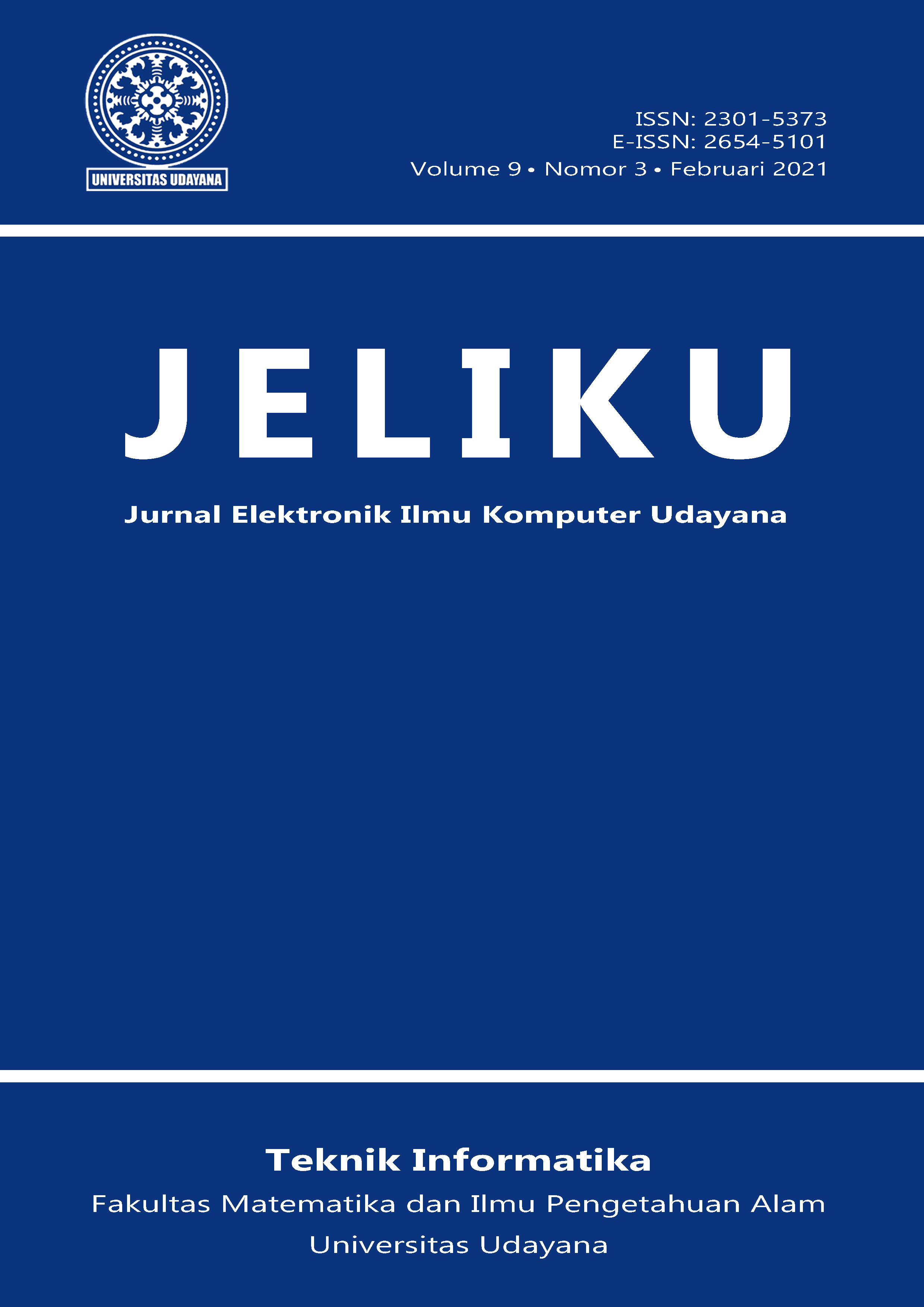The Application Of Augmented Reality in Introducing Temples in Denpasar
Abstract
Over time, the situation has changed the mindset of the Hindu community, especially in Bali in carrying out their worship. People no longer come to the temple just to pray and go home, but they wanted to know more about the temple itself. Due to the influence of the current era which quickly eroded historical existence, many were interested in knowing information about the temples they visited. However, this information does not just exist in a temple. The, specific information is stored in the literature and part of it is known by the temple administrators so that the public must look for it to find out. Due to lack of references and time constraints, people often give up their intention. By using augmented reality (AR) technology this problem can be overcome. AR technology is able to project virtual objects as if they look real to the human eye. In this case, AR is used to display the temple model and information with interactive illustrations to help the community recognize the temple. Users only need to install the application on their smartphone device and scan the QR code provided, then the temple as an object shows up and information can be displayed immediately. This application applies multi-target marker-based AR so that each temple information is stored and ran on different markers. Based on testing using the blackbox method, the results show that the application can run smoothly on several different devices both in terms of device resolution, memory speed and processor.






